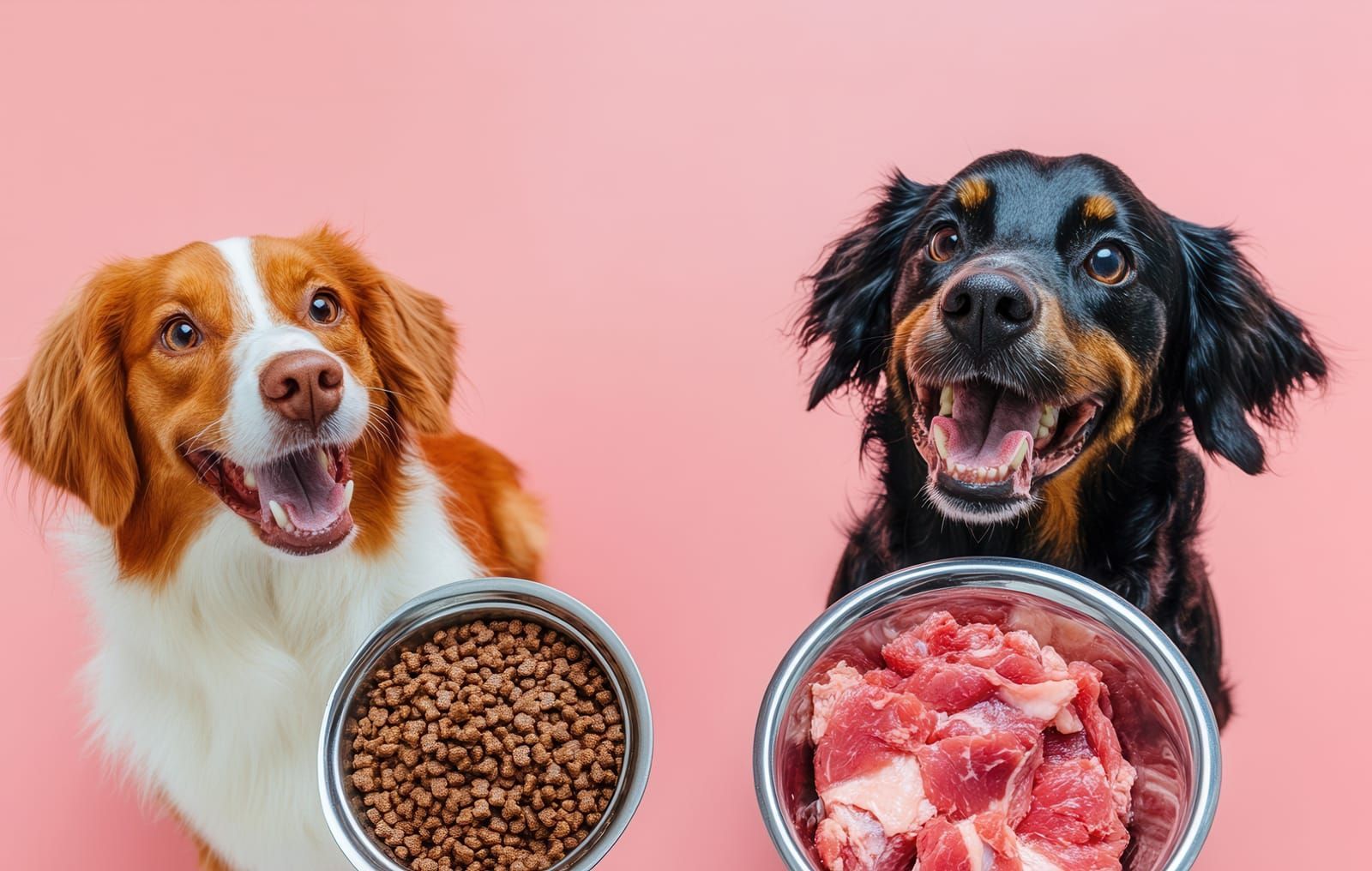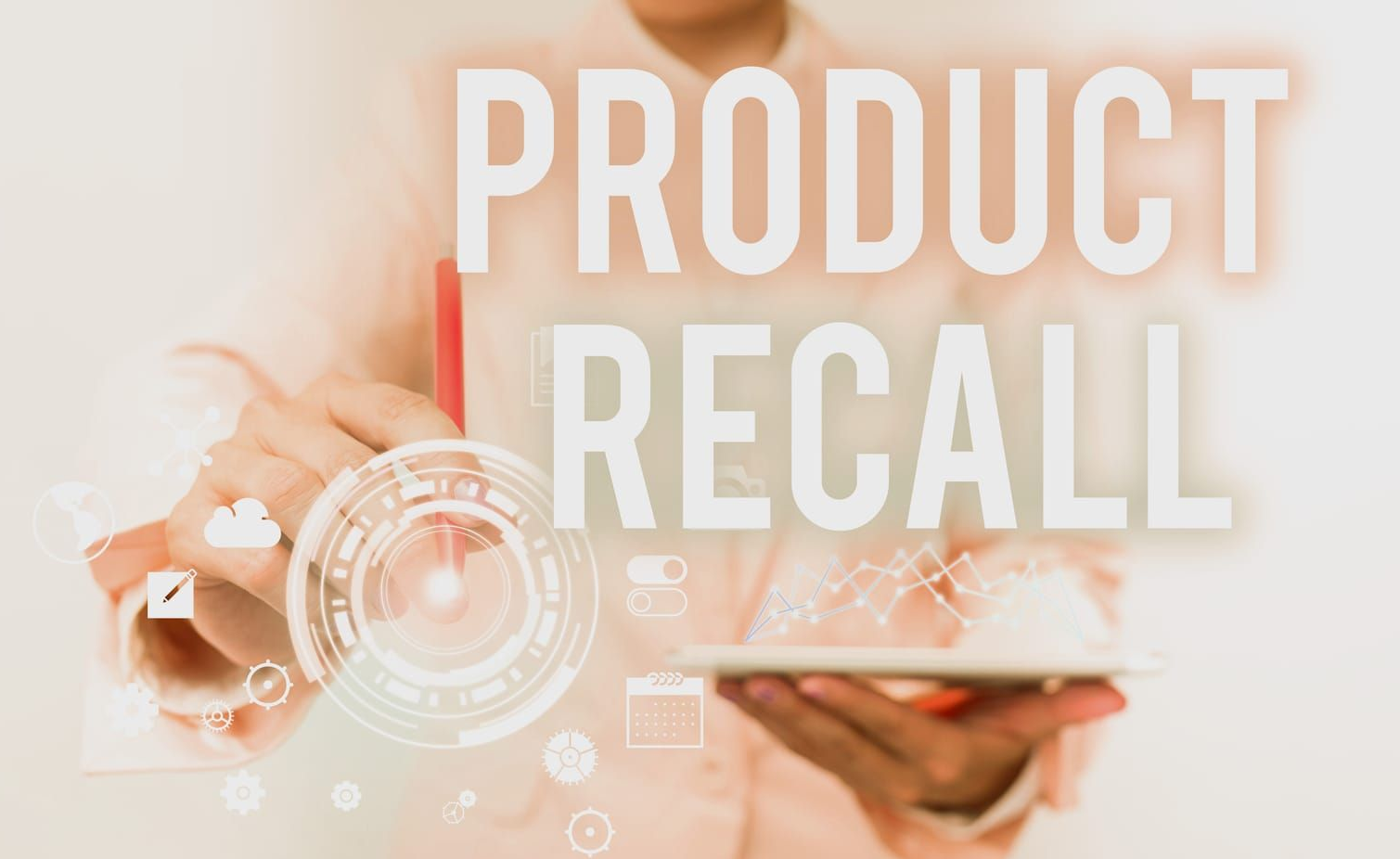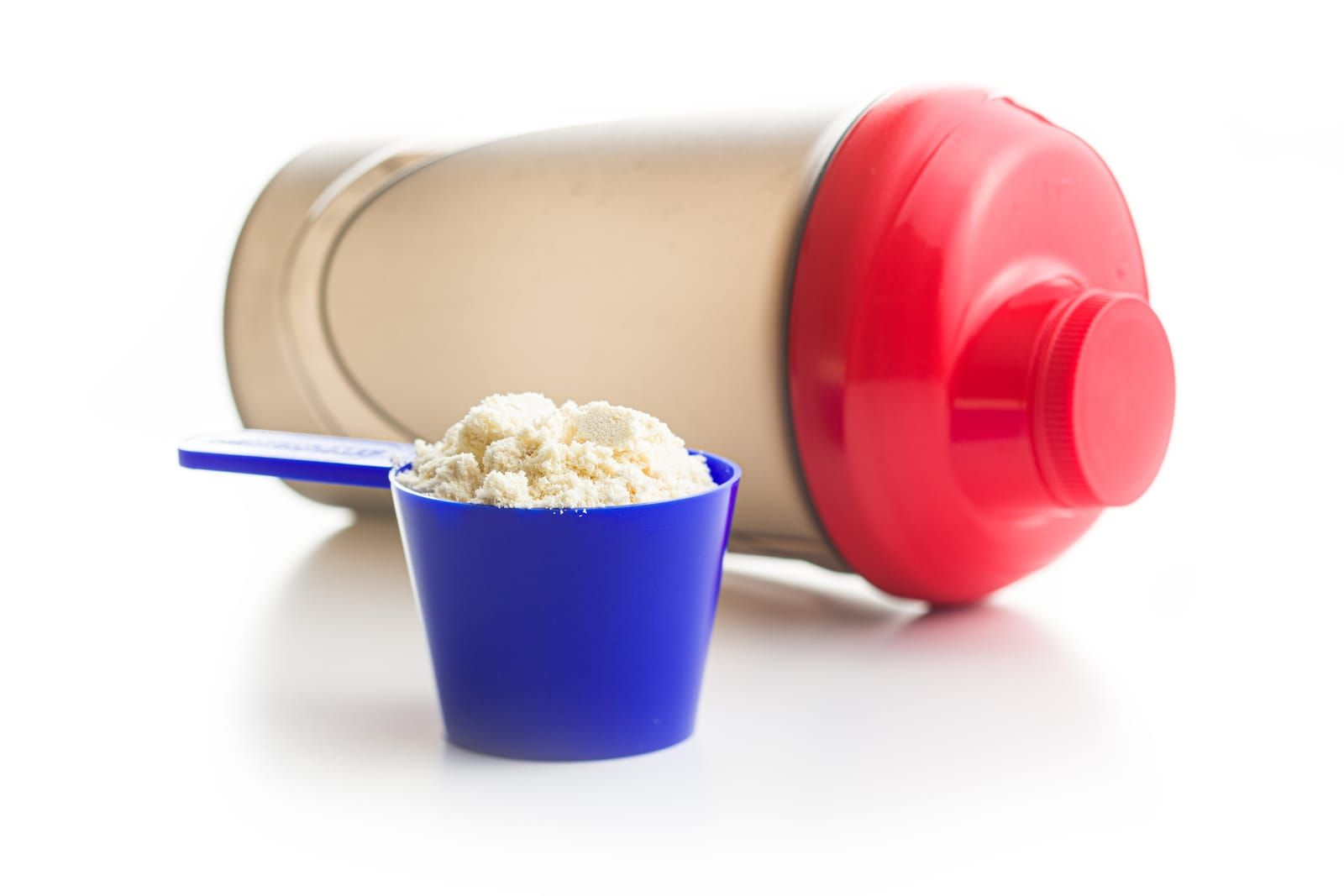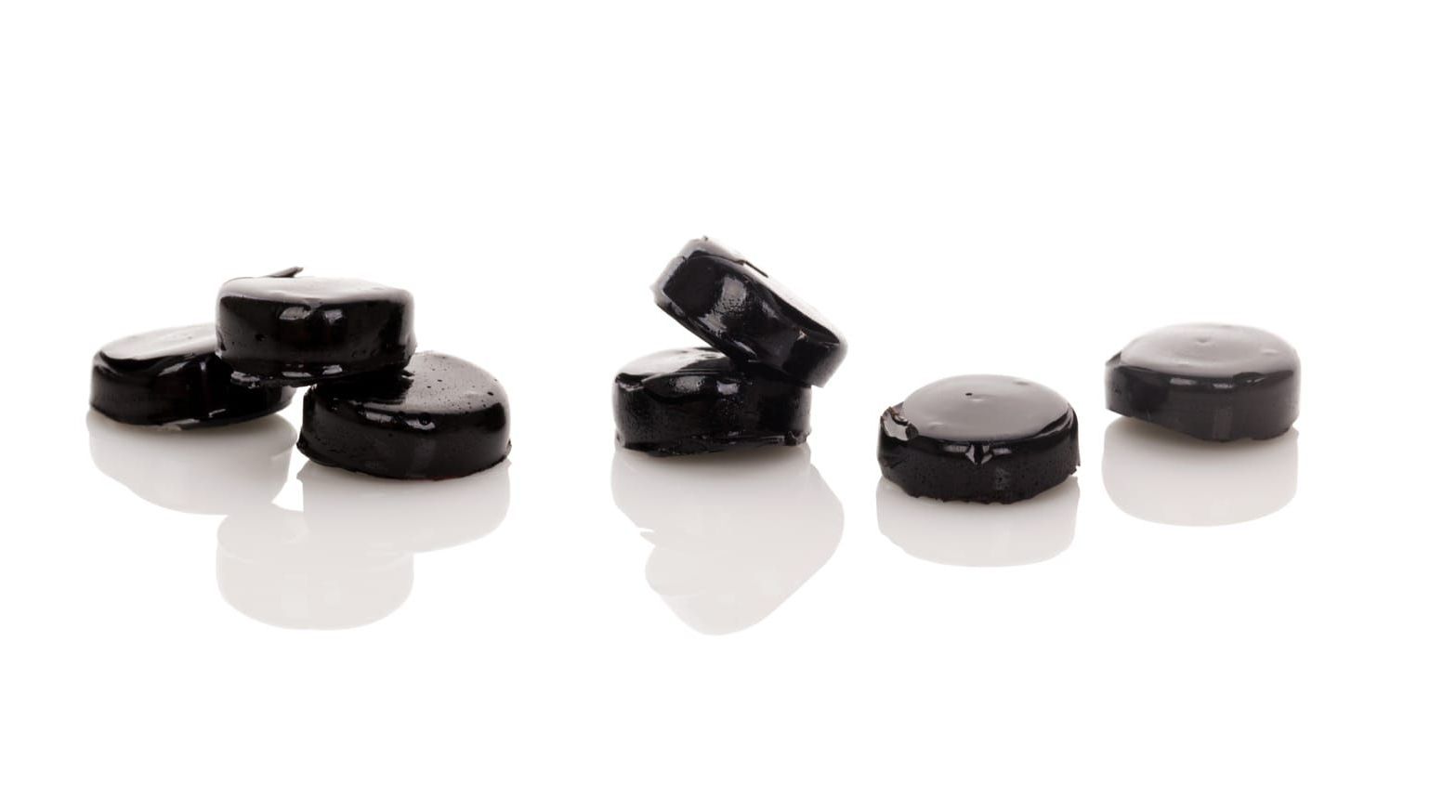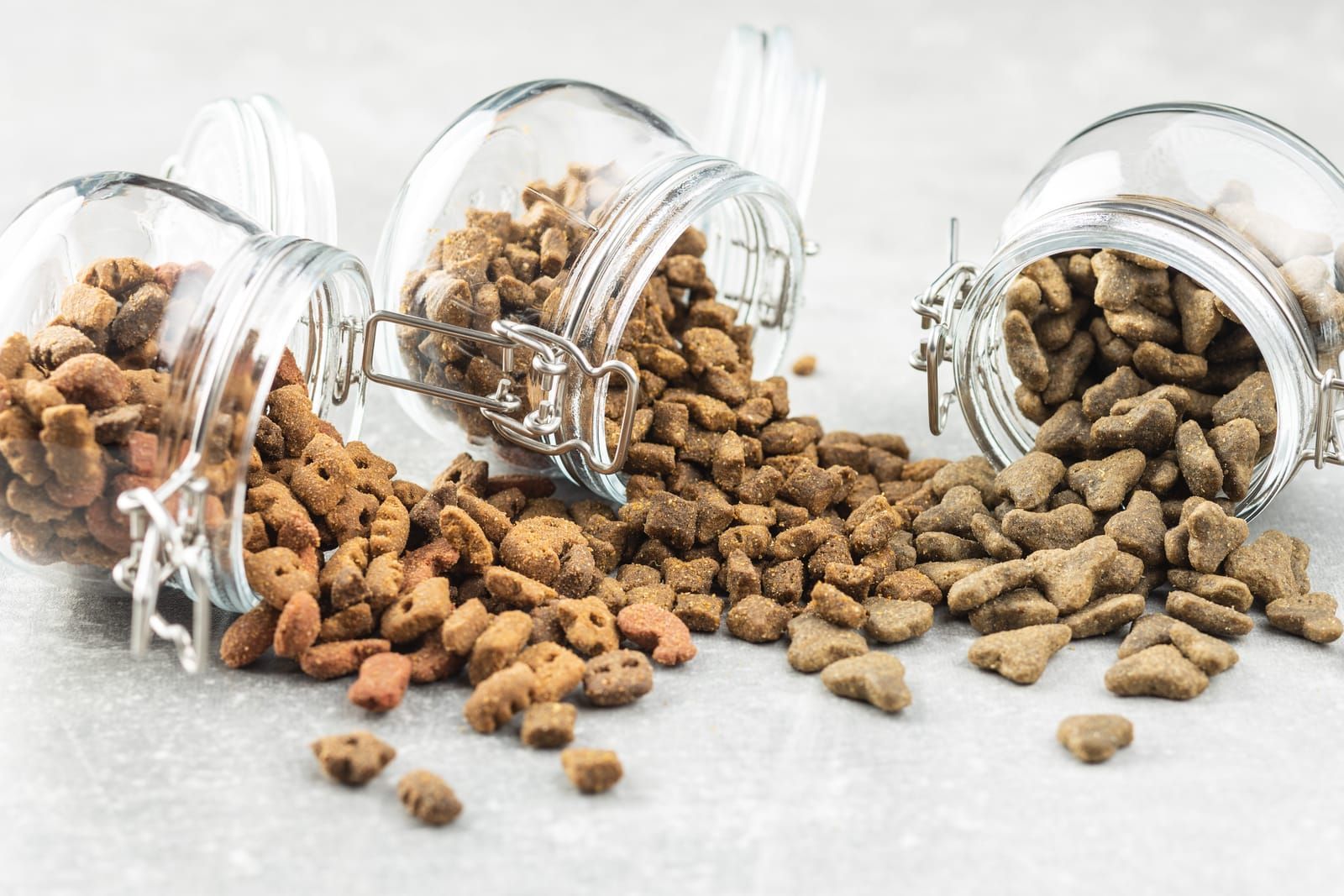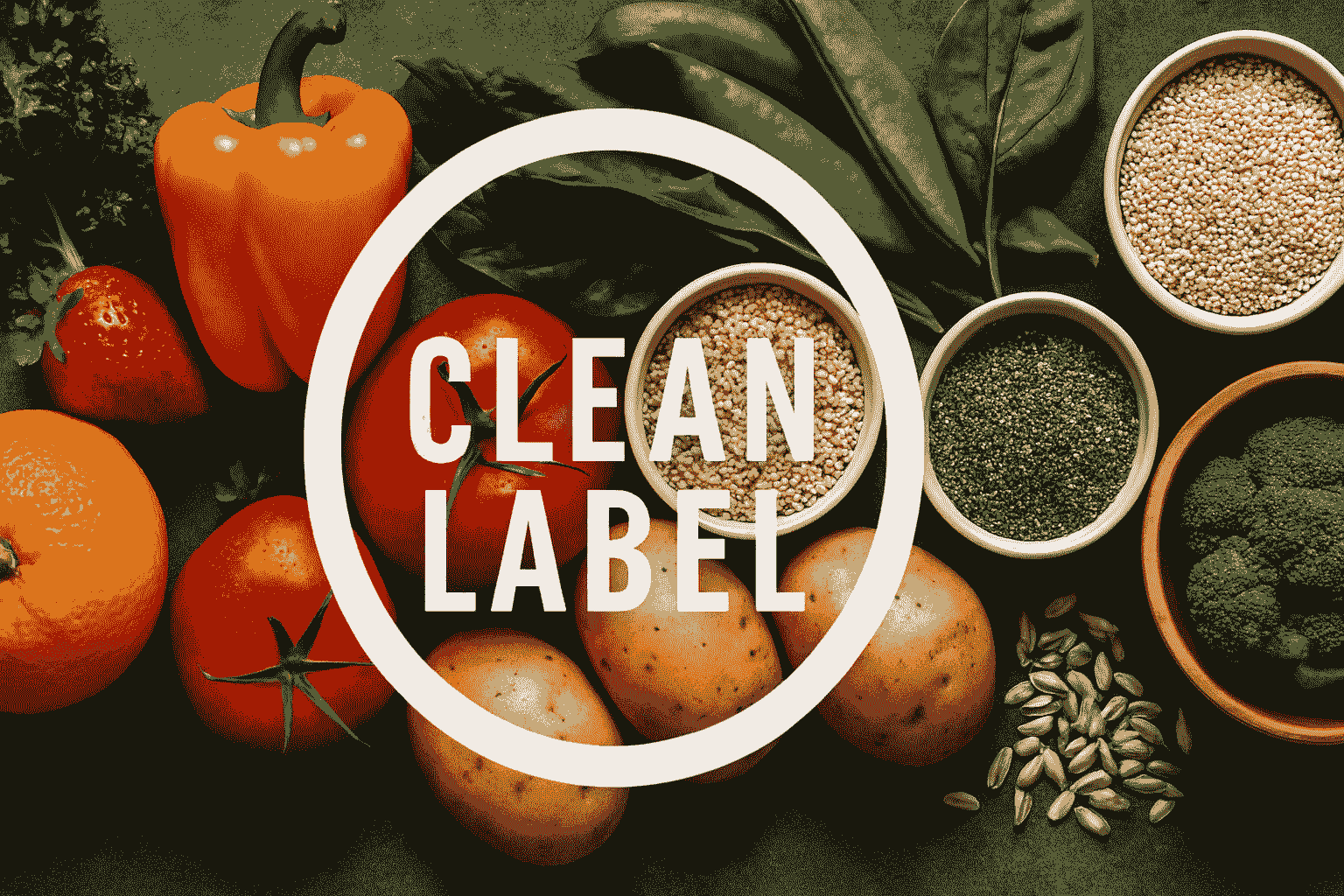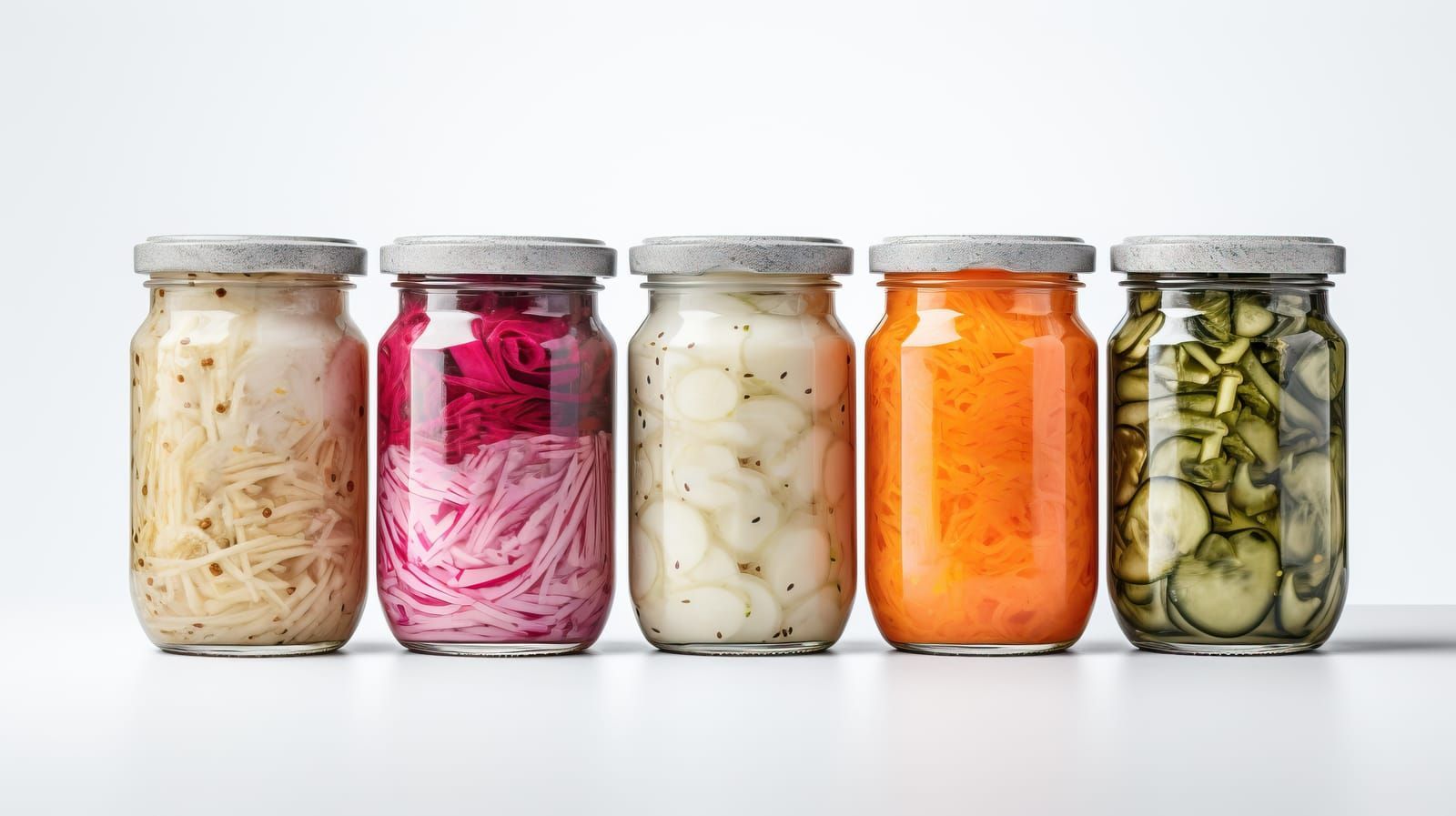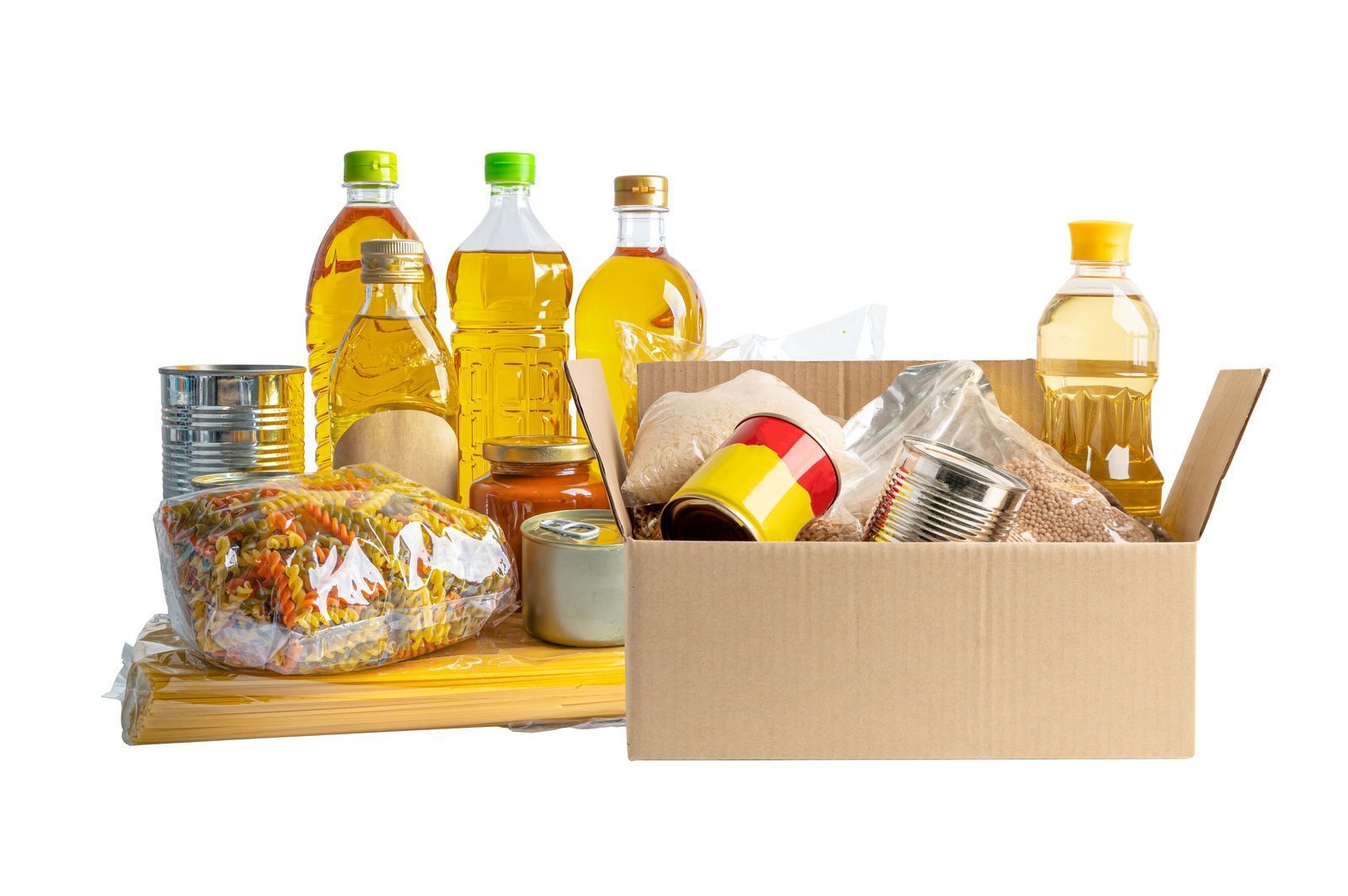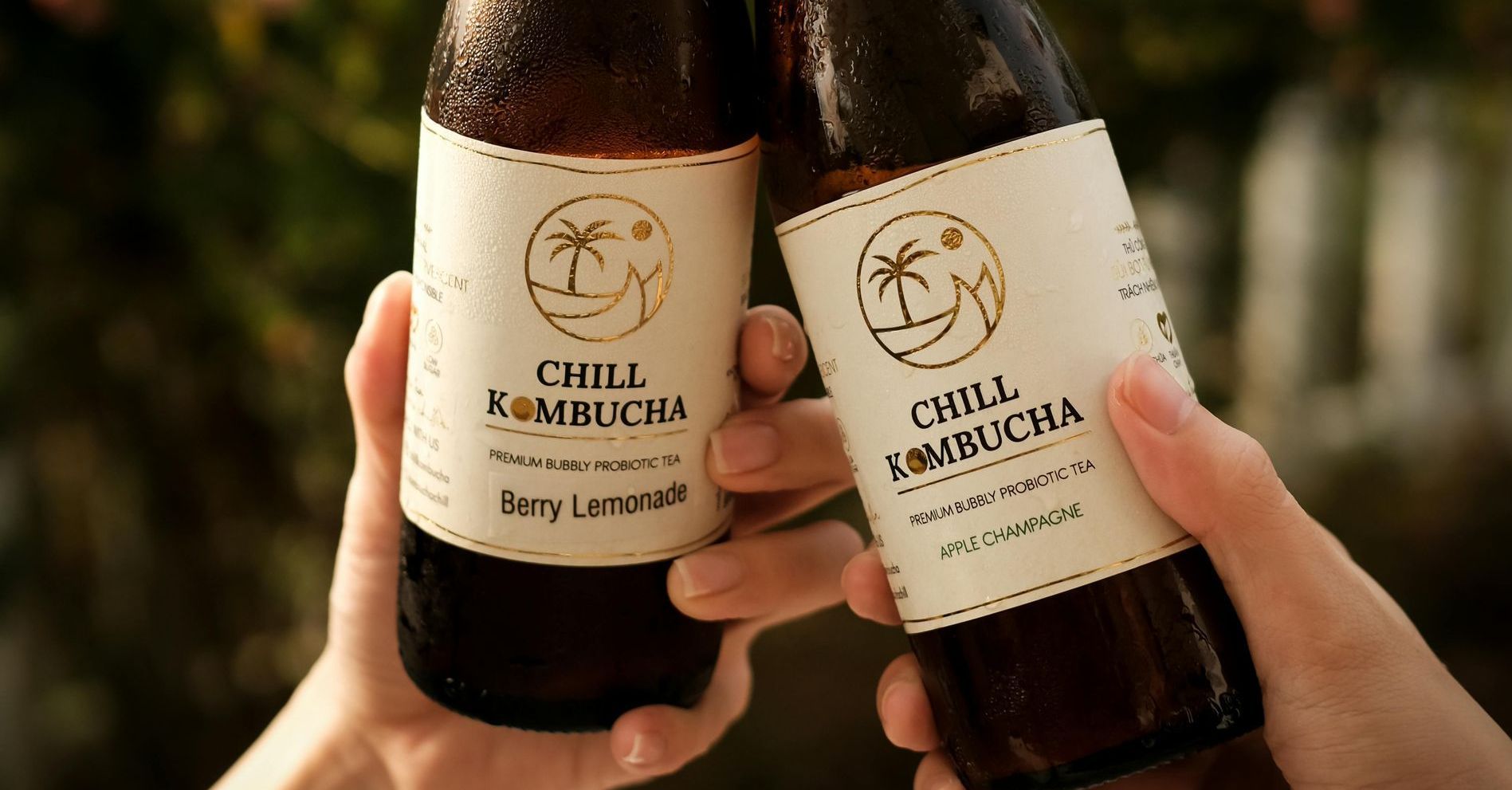RESOURCES
These resources provide comprehensive materials about RL Labs, the services we provide, food industry regulations, and valuable links designed to support the commercialization of your product.
OUR JOURNEY TO BECOME RL FOOD TESTING LABORATORY
If you are visiting our website today, you are likely on a journey to take a beloved product to market. Whether it’s your favorite brownie recipe, your uncle’s best barbecue sauce or you are in the middle of extending an existing product line, you have landed on our website because you need to get that product ready for the retail shelf and you need to be compliant with retailer and FDA requirements.
I BOUGHT A BUSINESS
In 2003, I bought a company that made fresh pasta for local chefs in Laguna Beach that also made fresh pasta salads for large grocery chain service delis like Safeway, Albertson’s and Jensen’s Finest Foods in the Palm Springs area. I really enjoyed cooking and have a great passion for the creativity and process of cooking. My professional background in corporate marketing, working for large Fortune 500 companies like The Stanley Works, Black and Decker and Avery Dennison, prepared me to market this business into self-employment bliss. What could go wrong? Well, as you probably know, everything can go wrong and everything can go right. In my case, I was actually quite good at sales and marketing, as well as the product development and food preparation side of the business. I was also able to get appointments with large retailers like Trader Joe’s, Whole Foods, Safeway etc. and make professional presentations.
LEARNING HOW TO SELL TO LARGE FOOD RETAILERS
A great meeting with Trader Joes resulted in my quest to gather information they needed to bring in my product. Laboratory testing, UPC codes, Nutrition Labels…there was a lot needed. As I searched for laboratories to test my product for Trader Joe’s and gather UPC codes and FDA compliant nutrition fact panels I realized this was a highly fragmented and not a very helpful industry. Here I was a food manufacturer who knew nothing about the laboratory analysis needed, FDA compliance and UPC coding requirements. Something needed to be simplified and the customer service from these service providers had to improve.
LARGE BUSINESS DEVELOPMENT OPPORTUNITY
One day, I had an exciting meeting with the Southland Corporation, who was interested in carrying my fresh pasta salad in single serve containers for 7-Eleven in a test market. I was thrilled and began preparing my small company for this big opportunity. In order to complete the 7-Eleven test, I had to manufacture my product out of a USDA kitchen. My manufacturing facility at the time was a simple commercial kitchen that was not USDA certified.
MOVING THE OPERATION TO A CO-PACKER FACILITY
To do work with 7-Eleven, I sought out a copacker to help me with things like extending
my shelf life using preservatives and teaching me about high volume production.
7-Eleven needed a 7-day shelf life for my fresh product due to shipping and storage. I was very excited and really looking forward to a successful test with 7-Eleven. I received a lot of help from my supplier salesperson who connected me with a co-packer nearby me that operated a USDA certified commercial facility. Vendors are an important resource in the business community.
CUSTOMER STRATEGIES CHANGE COURSE
Although I took all of the proper steps to kick off my 7-Eleven test, they decided to cancel the contract as they brought on a new buyer who was not interested in the test. Additionally, Safeway who was my largest customer, decided to start manufacturing their own pasta salads in their corporate commissary. A perfect storm was brewing and before I knew it, I was just about out of business. I took this opportunity reassess my options and decided to close down the company.
THE BRIGHT SIDE: A BUSINESS OPPORTUNITY IS BORN
The benefit of working with the co-packer and going through this journey of labels, lab testing and learning about HACCP auditing, was the business idea from my co-packer of professionalizing the nutrition labeling and lab services. There was nobody to hold my hand and help me through this process and the labs basically sent me a report and I had no idea what it meant. There was a huge opportunity to be more helpful.
Ironically, during this time, my husband was a pharmaceutical chemist whose lab was being moved to Ohio and we wanted to remain in California. We decided to start a company that helped food manufacturers bring their product to market by offering FDA compliant nutrition fact labeling, advice on how to get your product to market and laboratory analysis and assistance with a lot more handholding than we had been provided by labs who tested our products.
Roger and I got married in 2005 and launched our company at the same time. We hired stay at home moms and some family members who were food scientists and food industry professionals that needed flexibility with their schedules and could help us with customer inquiries. Using my marketing background, I brought on board a public relations partner who was able to get Roger interviewed on the Doctor Oz Show, interviews in the Wall Street Journal and the New York Post. We were on our way to solidifying our leadership position in the market.
HELPING TENS OF THOUSANDS OF COMPANIES GET READY FOR RETAIL
Here we are, almost 20 years later, with a successful company that has helped tens of thousands of companies get their products ready for retail. There have been a few bumps along the way, but we have dedicated ourselves to truly helping companies and individuals that are on the same journey that I was on when I bought my company in 2003. I hope you will reach out to us and me personally if there is anything we can do to help you prepare your product for market. Thank you for visiting our website and thank you for entrusting us with your product. We take our job very seriously and will do anything we can to ensure your success.
Whether you’re new to the industry, or an established food manufacturer, having the right connections is invaluable. Here are some useful links to top food industry resources:
FDA’s RACC - Recommended Amount Customarily Consumed
Health Canada RACC Recommended Amount Customarily Consumed
FOOD NUTRITION LABELS
FOOD TESTING SERVICES
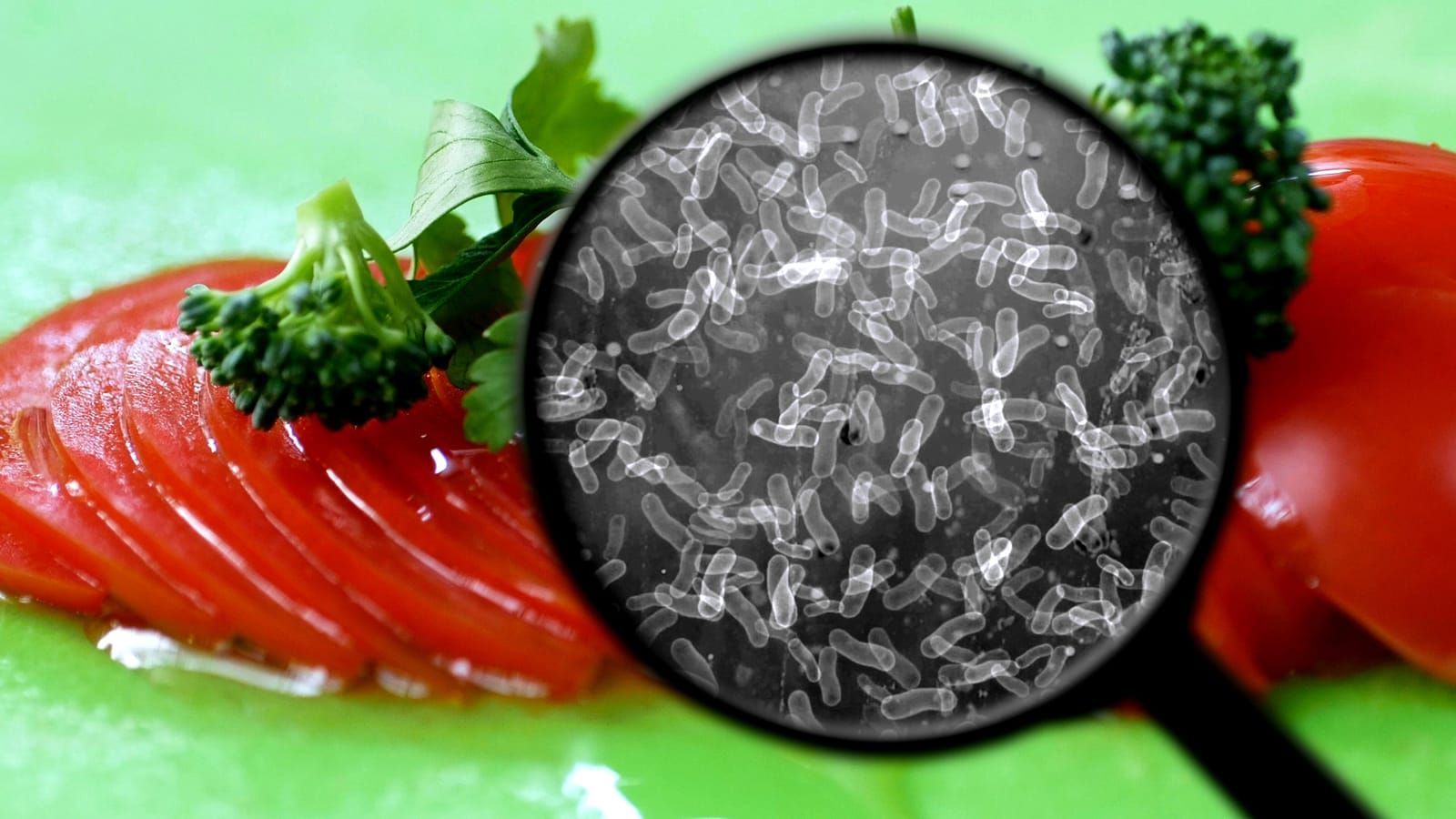
SUPPLEMENT TESTING & LABELING
FOOD ALLERGEN TESTING
FOOD NUTRITION ANALYSIS
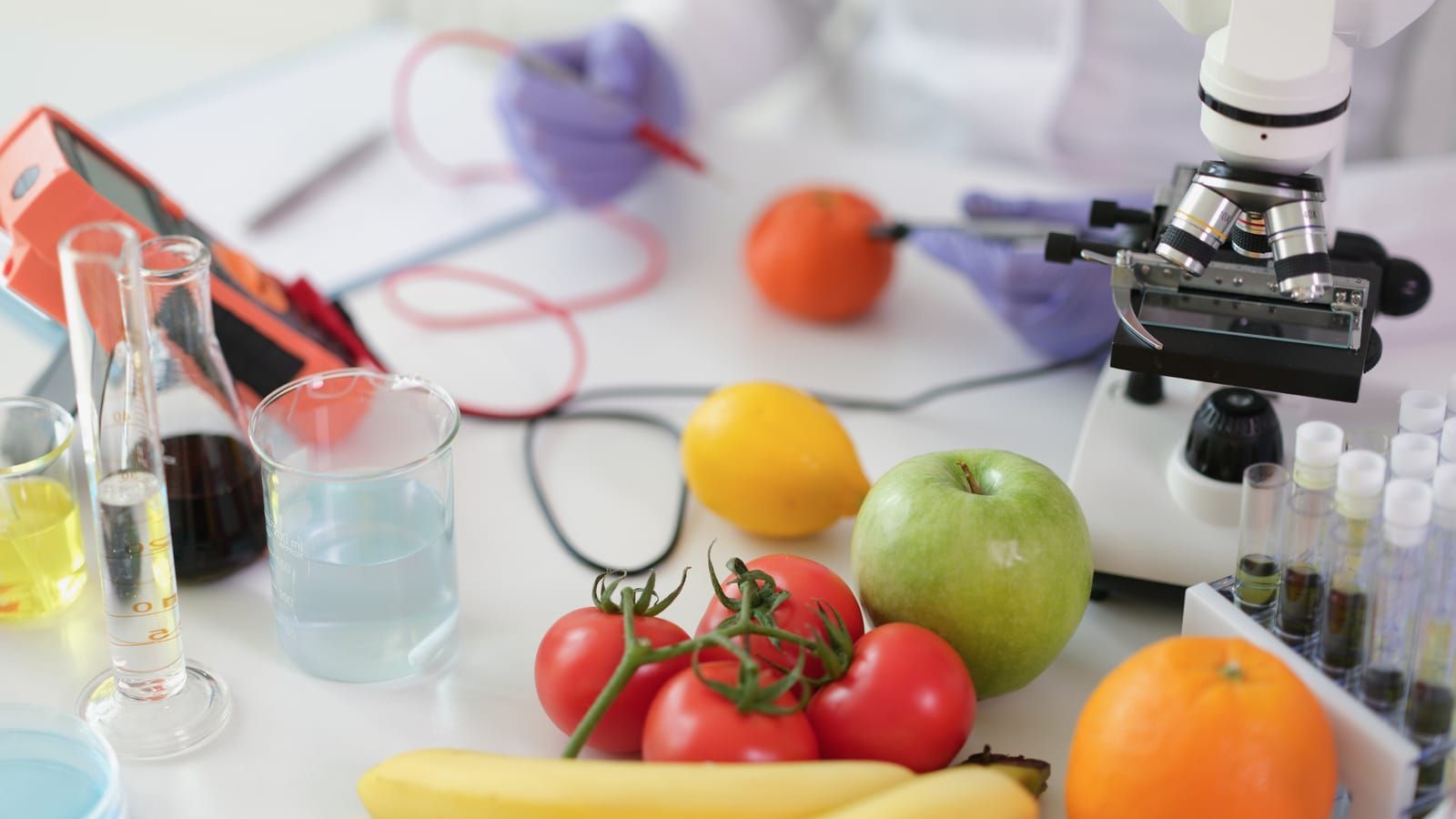
FOOD SAFETY TESTING
CANADIAN FOOD LABELING SERVICES
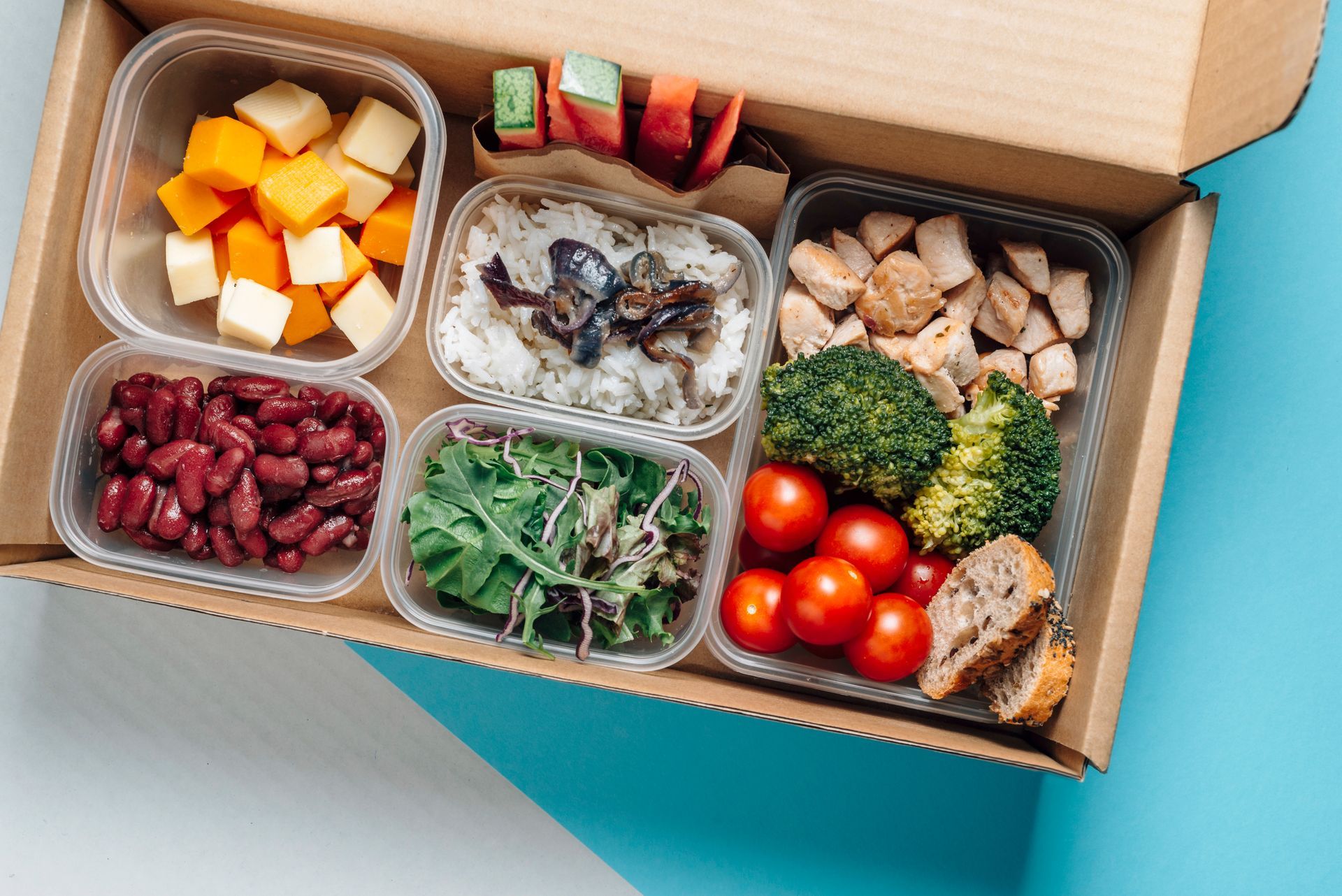
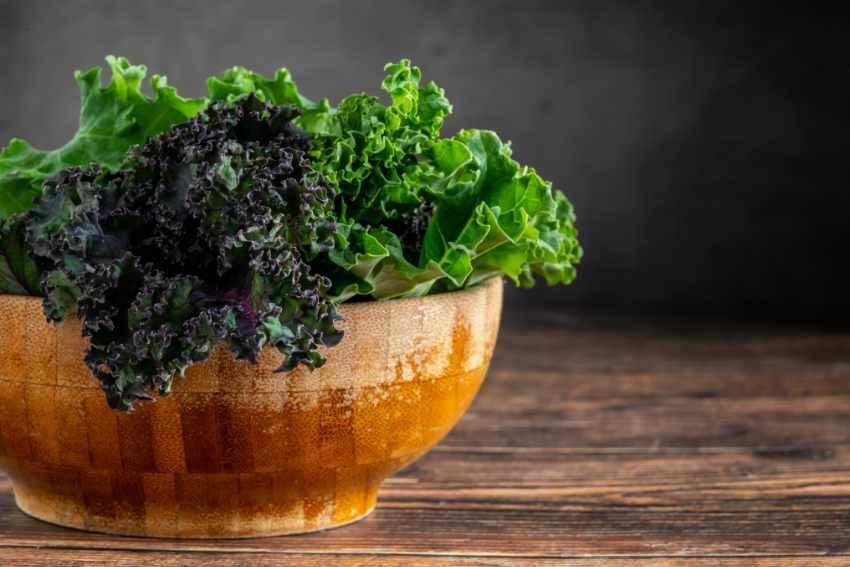
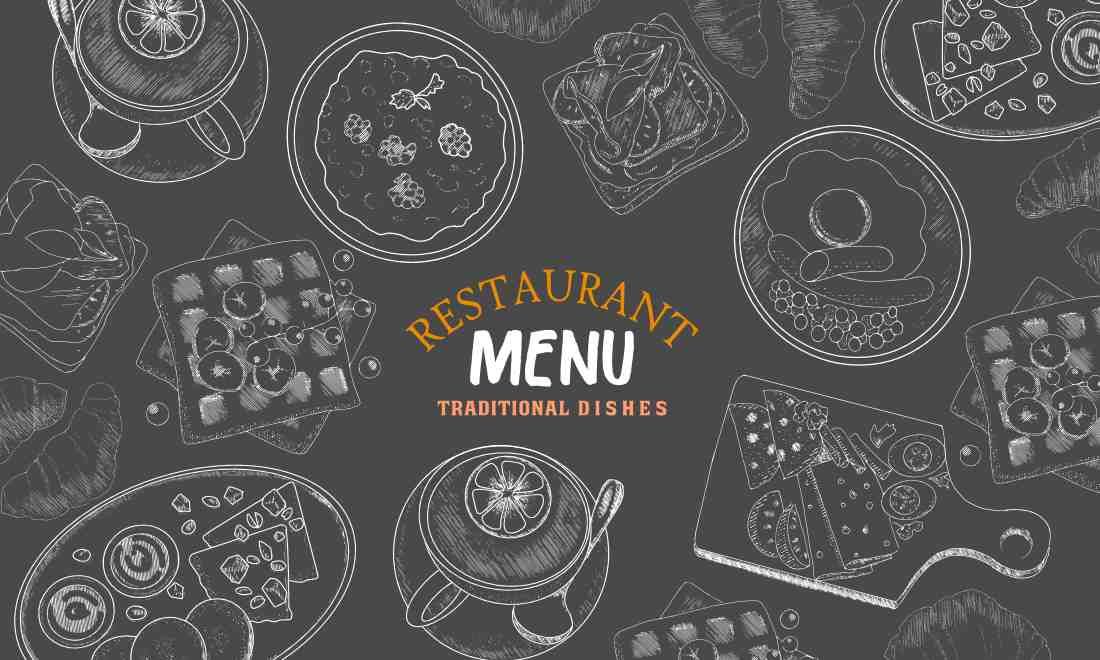
PET FOOD ANALYSIS & LABELING
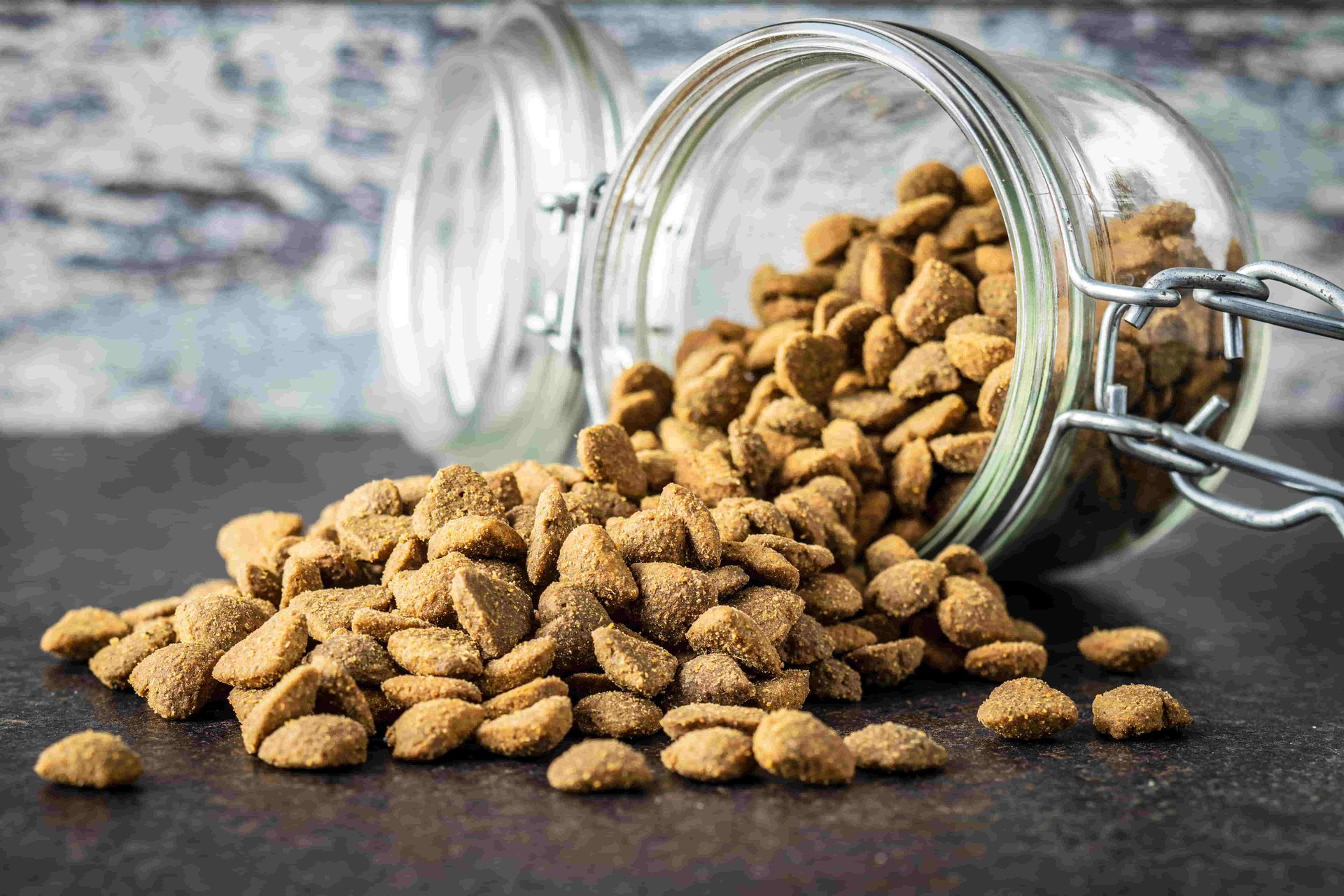
RESTAURANT & PREPARED MEAL NUTRITION


SHELF LIFE TESTING
ALCOHOL TESTING

GENERAL TOPICS
Find The Answers You Need
Our comprehensive FAQ section is designed to provide you with detailed insights and guidance on our services, processes, and how we ensure the highest quality and compliance for your products. Whether you’re curious about our testing methodologies or need information on regulatory requirements, we’ve got you covered with expert answers.
For details on pricing and more, please visit our service and labeling pages.
These resources provide comprehensive materials about RL Labs, the services we provide, food industry regulations, and valuable links designed to support the commercialization of your product.














